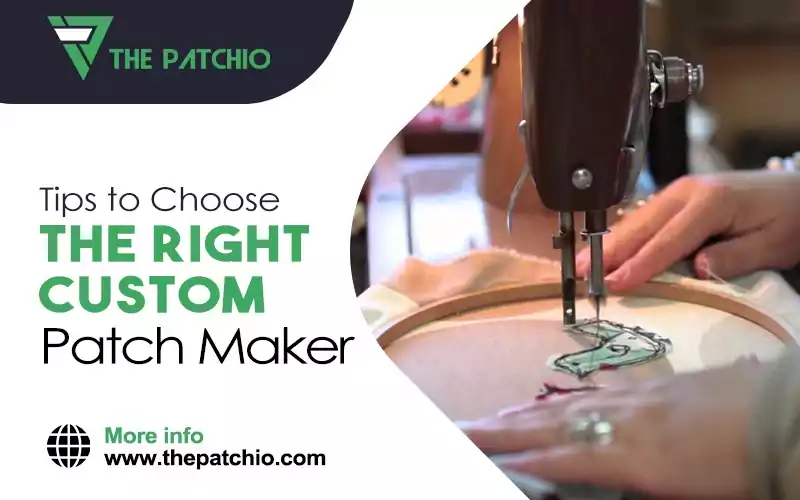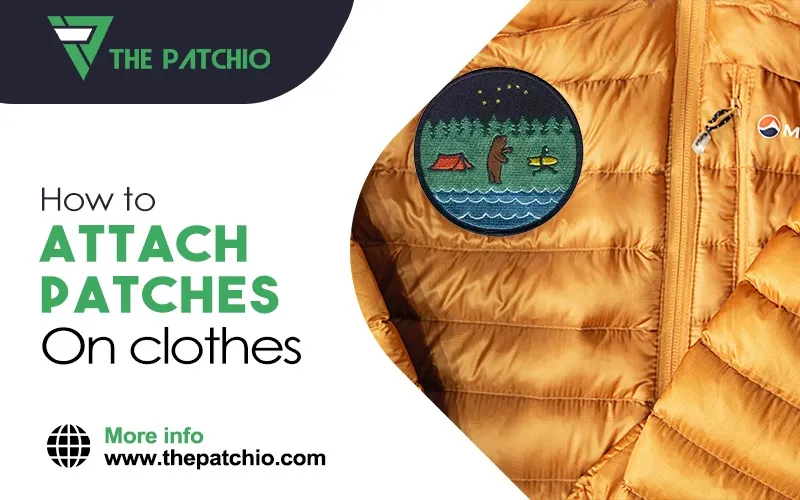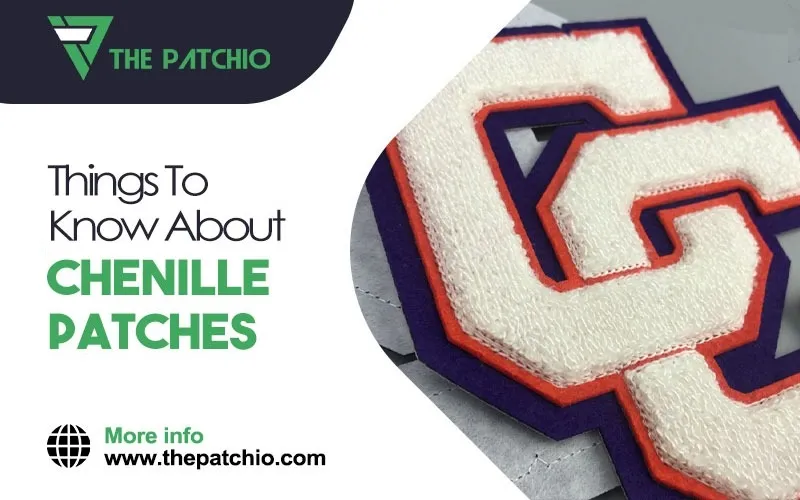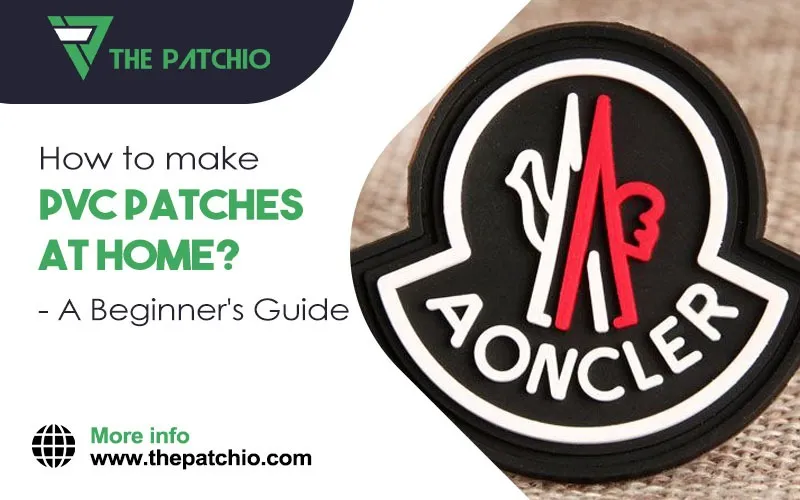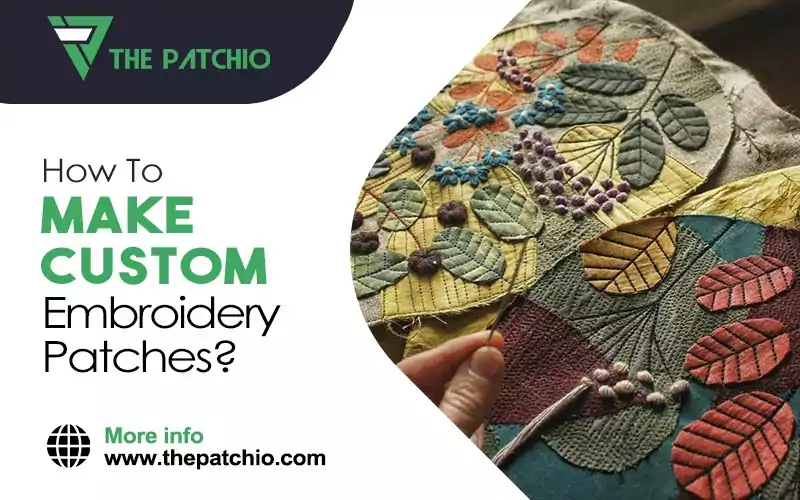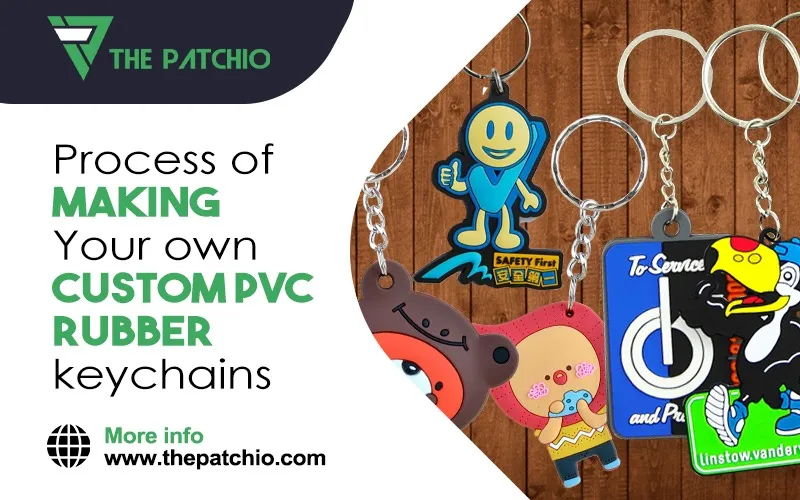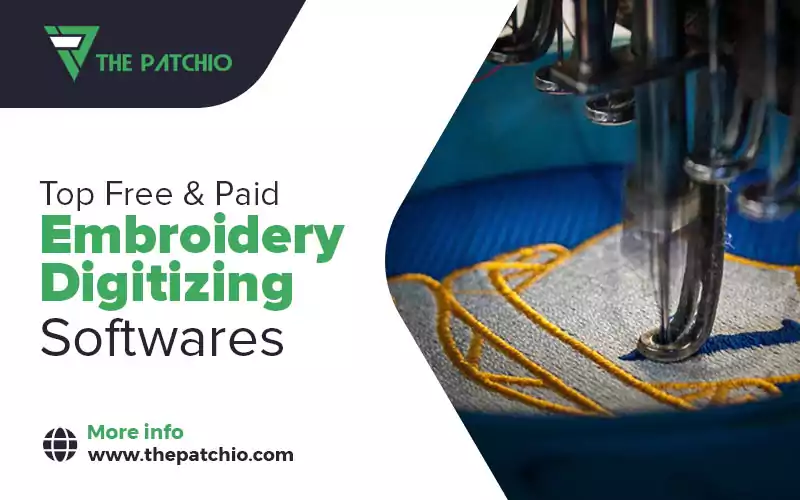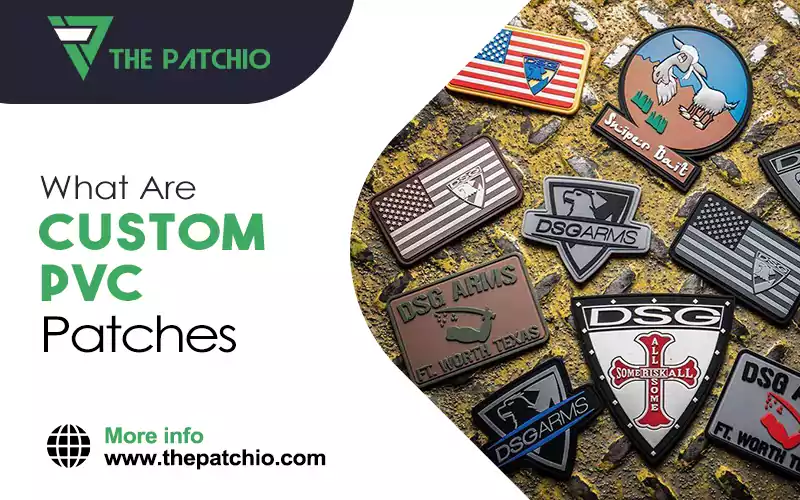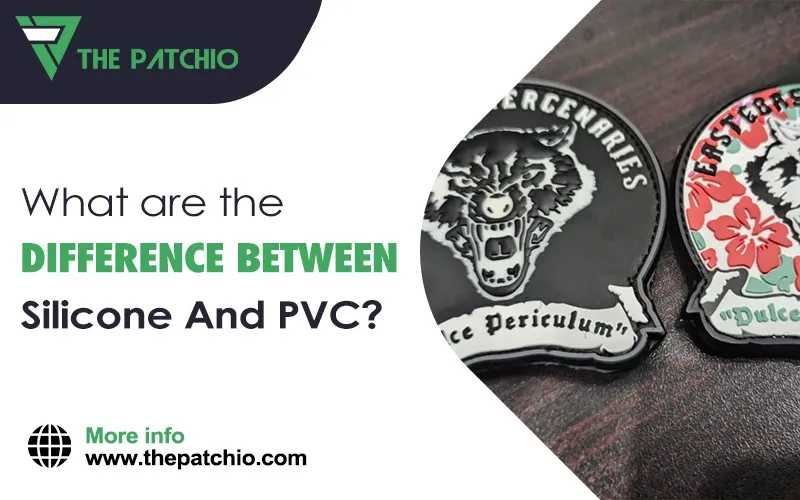
You have popped up here to know the differences between PVC and Silicone. Great! However, let’s look into understanding PVC and Silicone as a whole first.
Polyvinylchloride is the full name of PVC and it is the main constituent used in making PVC products. PVC is a white amorphous powder made up of three layers. The top layer lacquer, the middle layer polyvinyl chloride, and the rear coating adhesive are the three layers of PVC material used to produce items.
On the other hand, Silicone raw material is a transparent or milky white granular solid with an open porous structure, high adsorption force, and the ability to adsorb a wide range of compounds.
Although the exteriors of Silicone and Poly Vinyl Chloride (PVC) goods are similar but PVC is not the same as Silicone, and the two materials are not interchangeable. As a result, it's difficult for regular consumers to recognize them.
Is Silicone Same as Plastic?
Silicone is a material that falls between plastic and rubber and is considered as a type of plastic by the plastics industry. It is frequently treated as plastic because it exhibits various plastic-like qualities, such as flexibility, temperature, water resistance, and clarity. PVC Vs. Silicone products are difficult to distinguish for consumers. However, there are characteristics through which we can determine silicone vs. PVC differentiation.
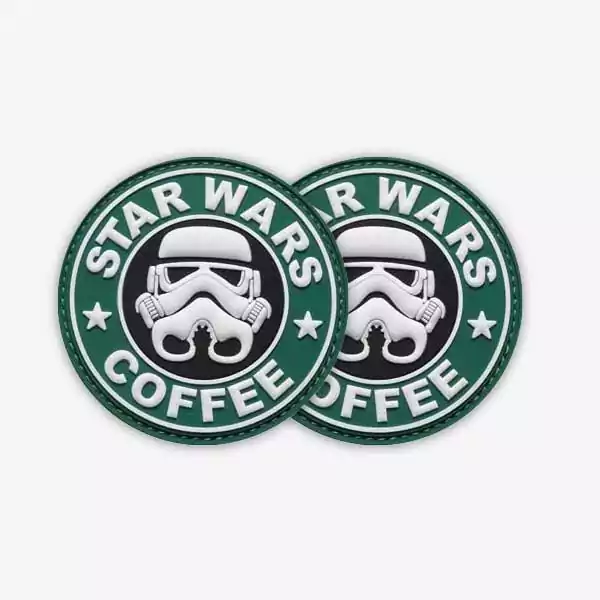

1. Touch
PVC items have a rougher surface than silicone products smooth and shiny finish.
2. Color
In terms of color, the newly created silica gel items are virtually indistinguishable from PVC products. Still, the PVC materials will seem sticky and yellow after prolonged usage, particularly in light and heat environments. In most cases, silicone products do not surface in this condition.
3. A Lack of Liquidity
PVC is an amorphous material with soft fluidity and low moisture absorption. PVC materials can be dried ahead of time to improve fluidity and prevent air bubbles.
4. PVC Decomposes Quickly
When PVC comes into touch with steel and copper at 200°C, it decomposes more quickly and emits caustic and unpleasant gas. It has a narrow molding temperature range. Silicone goods have excellent thermal stability, and the chemical bonds of molecules do not break or degrade at high temperatures. Thus, they can be used in a wide temperature range.
5. Adaptability To Changing Environments
Silicone outperforms PVC thermoplastic materials in terms of environmental adaptability. It can be used for a long time in high and low temperatures. Also, under various conditions while maintaining good performance.
6. It is Long-Lasting
Silicone goods are resistant to ultraviolet radiation and ozone decomposition. Silicon outperforms other polymer materials in thermal stability, radiation resistance, and weather resistance.
7. Water Resistance and Insulation
Silicone is also highly water-resistant. Thus, temperature and frequency have little effect on silicone products' electrical performance.
Now let’s have a look at the differences between PVC and Silicone.
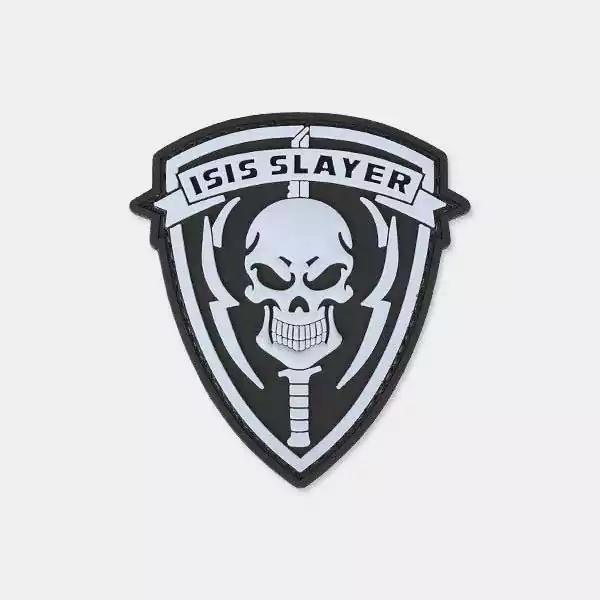

1. Various Levels Of Craftsmanship
Polyvinyl chloride, oil, and color paste make PVC items. The essential ingredients are created using a micro-injection epoxy technique that involves heating and cooling. Silica gel can only be pressed and deployed in a mixer by utilizing silica gel to add master batch and then heating and cooling them to put them into a mold.
Need More Information?
Request a quote. We will get back to you within 8-12 hours with a custom product quote.
2. Various Traits
PVC items are more susceptible to cold and heat than silicone ones. Silicone tableware can be heated in the microwave. However, PVC cannot.
3. Various Appearances
The surface of silicone products appears to be smooth and shiny. Silicone products are soft to the touch, with good toughness and elasticity, whereas PVC soft rubber has a low hardness and no toughness.
4. Different Temperatures
PVC hoses should only be used in water supply systems when the temperature does not exceed 45 degrees Celsius. Temperature range for silicone hose in continuous use ranges from -60°C to 200°C.
5. Product Applications Vary
PVC hoses are utilized in various industries, including construction, packaging, and medical. The building materials sector, which accounts for 60% of them, is followed by the packaging industry and several other small-scale applications.
Silicone hoses are widely utilized as electrical insulating seals and liquid transfer materials in aircraft, electronics, petroleum, chemical, manufacturing, electrical, medical, oven, food, and other industrial sectors. Furthermore, they are also used in oil pipelines, domestic appliance seals, drinking water pipeline seals, medication, and other precision representatives.
6. Is There Any Odor?
Silicone hose is an entirely safe, non-toxic, and odorless substance. Some additives used in the PVC hose production process emit scents.
PVC products will become black after burning and have a foul odor. Silica gel products have a very low burning odor and powder, but PVC products will turn black after burning and have a foul stench.
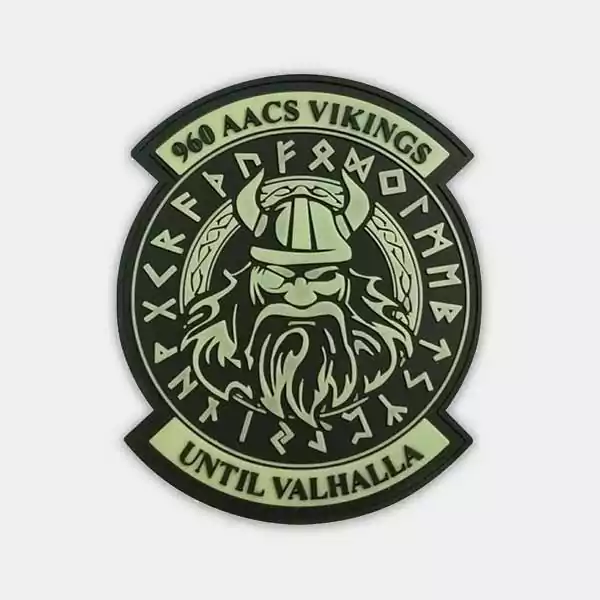
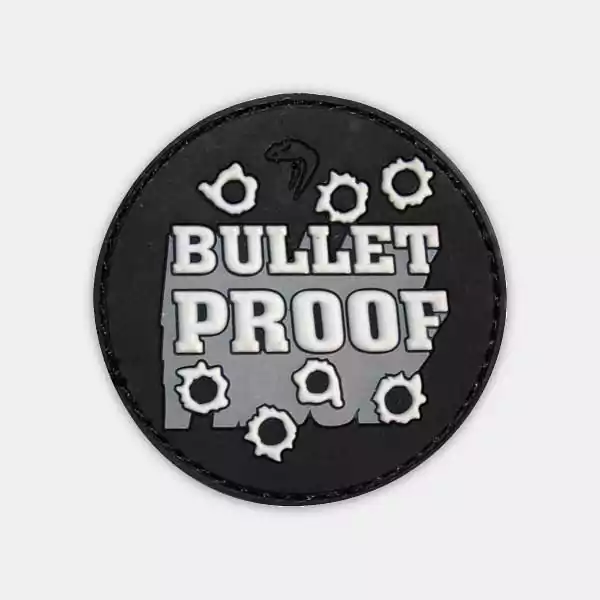
7. Strength in Rebound
Since silicon has a high silicon molecular joining strength, it has a significantly higher rebound strength. The rebound of PVC goods is weak.
8. Cost Disparity
In terms of production and manufacturing, silicone is more expensive than PVC. PVC products, constructed of synthetic materials, have a cheap raw material cost.
Applications
Due to the differences between silicone and PVC hose plus the strengths of each material, they can be utilized for a wide range of applications. The distinctions above show that silicone is a safer alternative to polyvinyl chloride. It is more suited for food and pharmaceuticals, while PVC items have a lower price and are better suited as promotional gifts.
The decision between Silicone vs. PVC will be based on specific needs. To name a few, food and beverage production, PVC patches, pharmaceutical processing, and washing machine drainage are all examples of applications.
The PATCHIO Company has a long history of making Silicone and PVC patches products.
What are PVC Patches, though? "What is a PVC patch?" is one of the most commonly asked questions. In a nutshell, PVC patches are a modern take on the traditional embroidered patch. PVC is a strong material that comes in a limitless rainbow of colors and can give your bespoke design a look and feel that embroidery can't match.
What to Expect When Purchasing a Custom PVC Patch?
When ordering these custom patches, there are a few crucial things to consider. The first thing to consider is that,
- PVC patches are more expensive than custom embroidered patches – up to 30% more expensive – due to the specific molds required for the development process.
- A larger patch will be more suited if the design is exceptionally detailed because little details will be difficult to see on PVC patches.
PVC patches are ideal for designs with little embellishments. Overall, PVC patches are fantastic since they never fray or fade.



